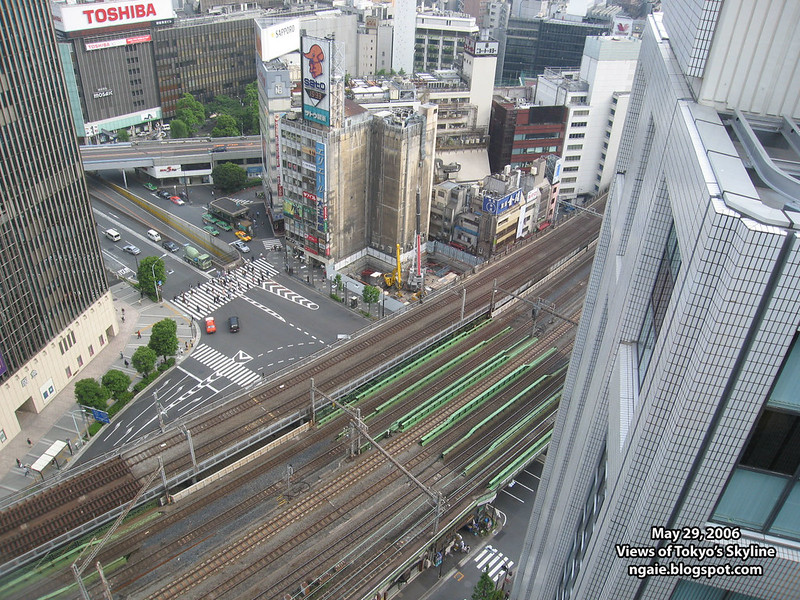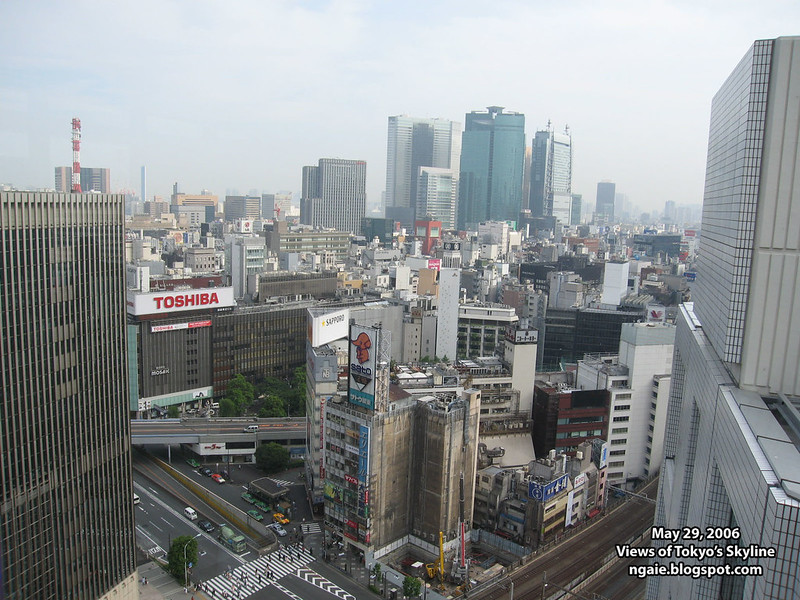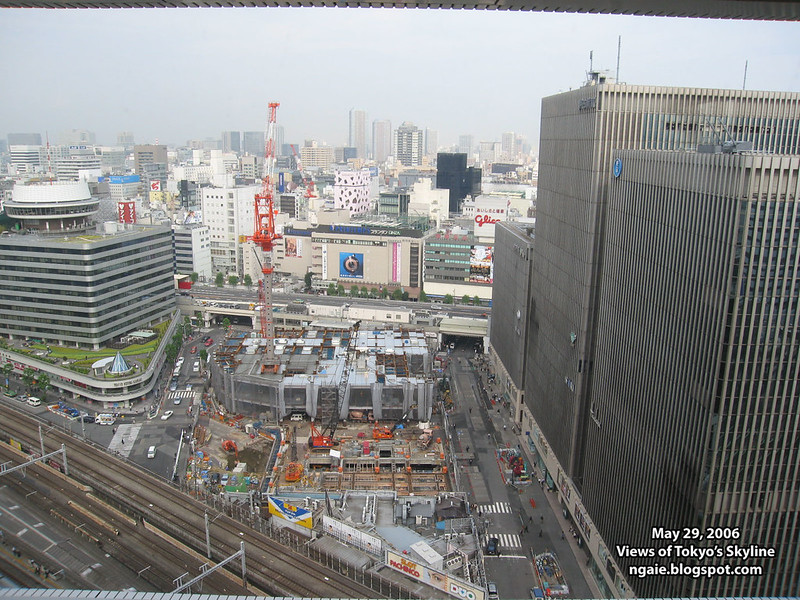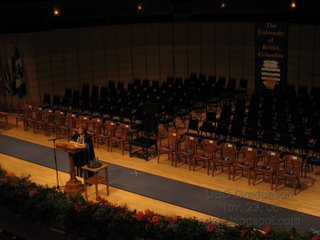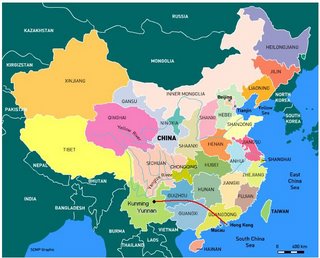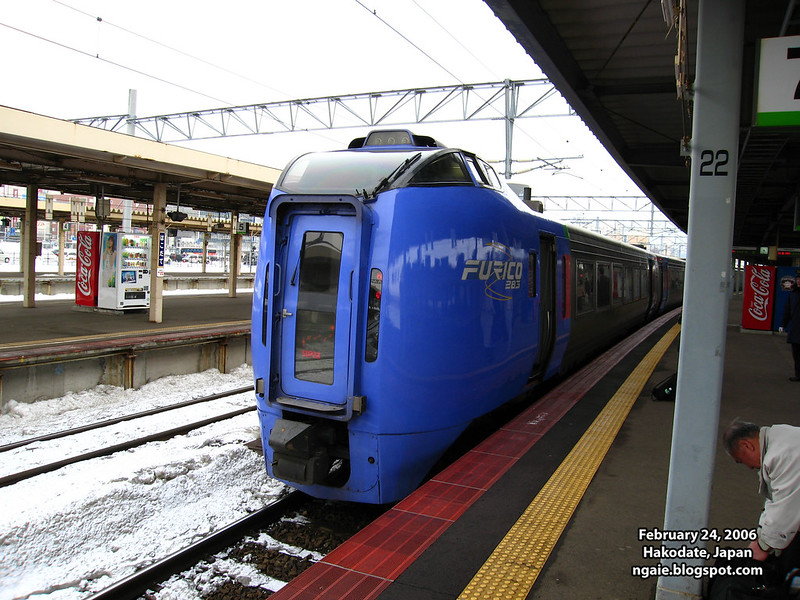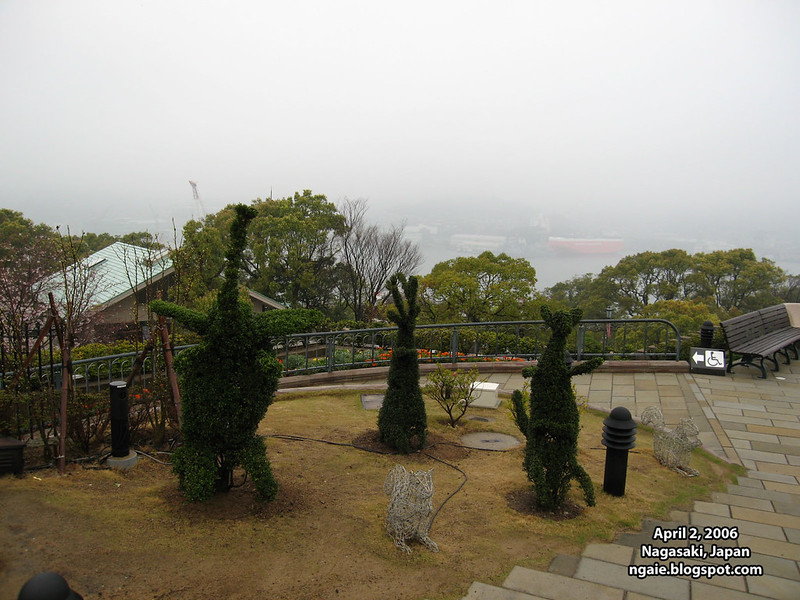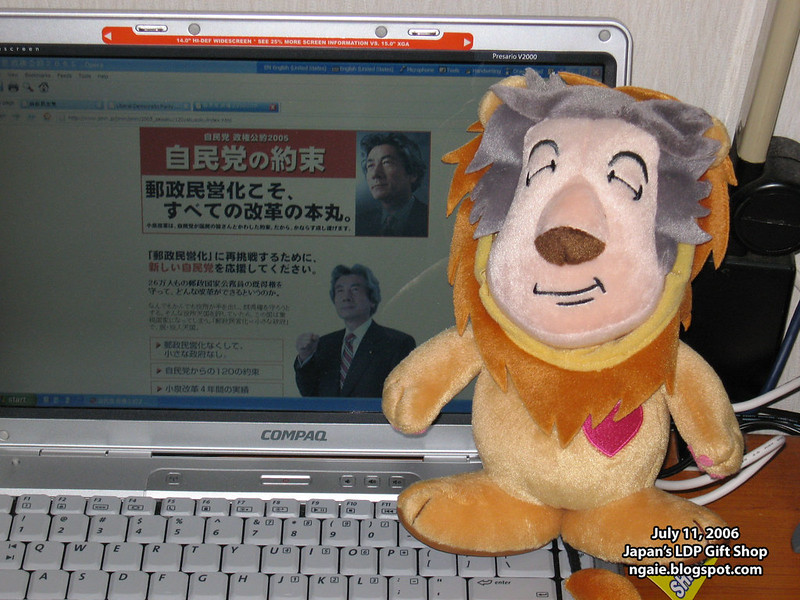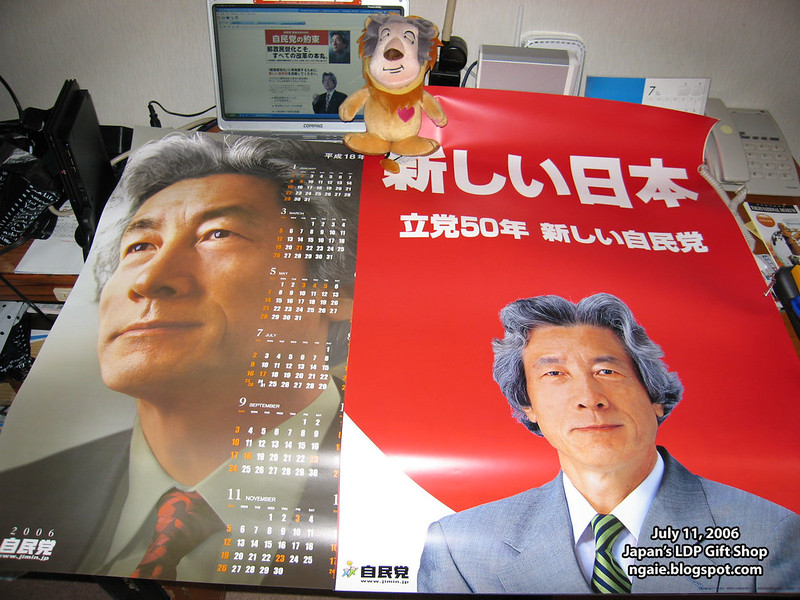(Updated: July 11, 2013 with high resolution photos)
Tokyo's skyline is surprisingly filled mostly with low-rise buildings and in this post I'll show the skyline from 3 different locations at 3 different times.
On March 6, 2006, while my friend and I were biking around with no destination in mind from our university dormitory in Arakawa-ku in Tokyo, we stumbled upon the Tokyo Bunkyo Civic Center near the Tokyo Dome area. At the top of the civic center was a free observation deck!
A view of the Shinjuku skyscrapers.
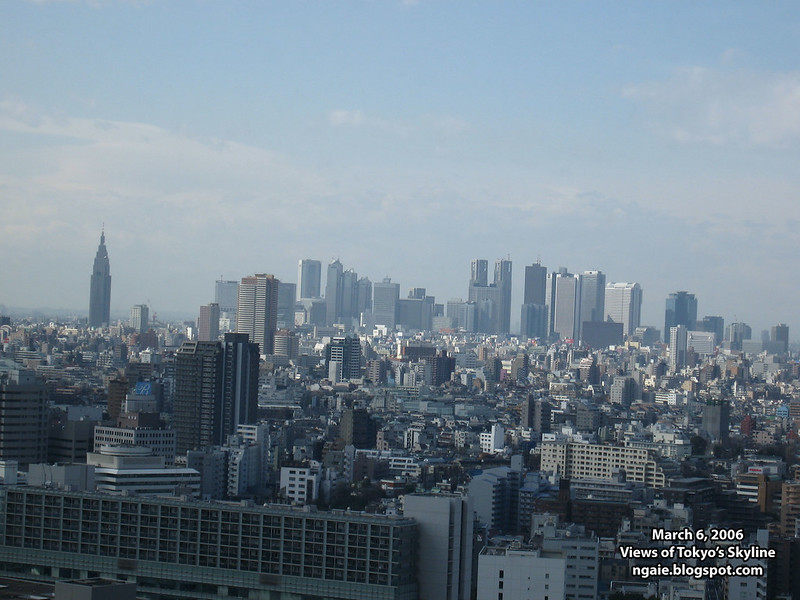
The Sunshine City building in Ikebukuro.
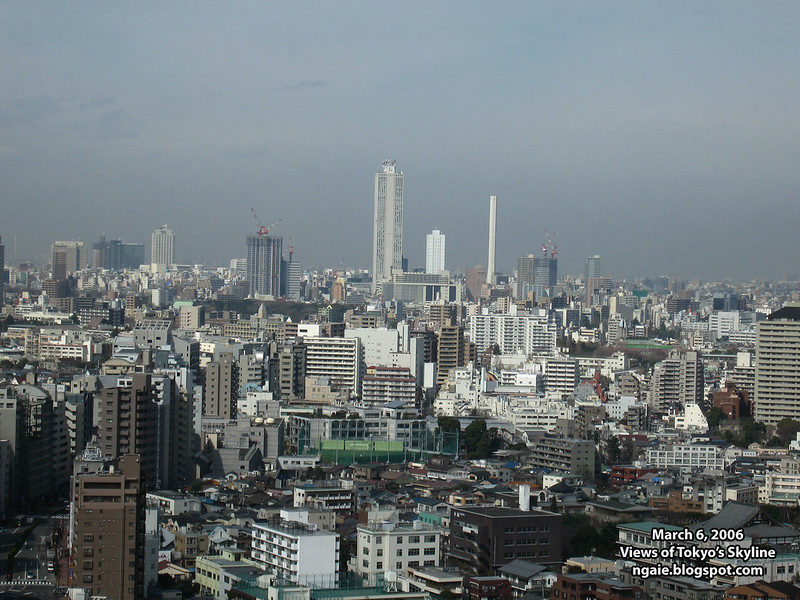
Looking towards the Sumida River (I think).
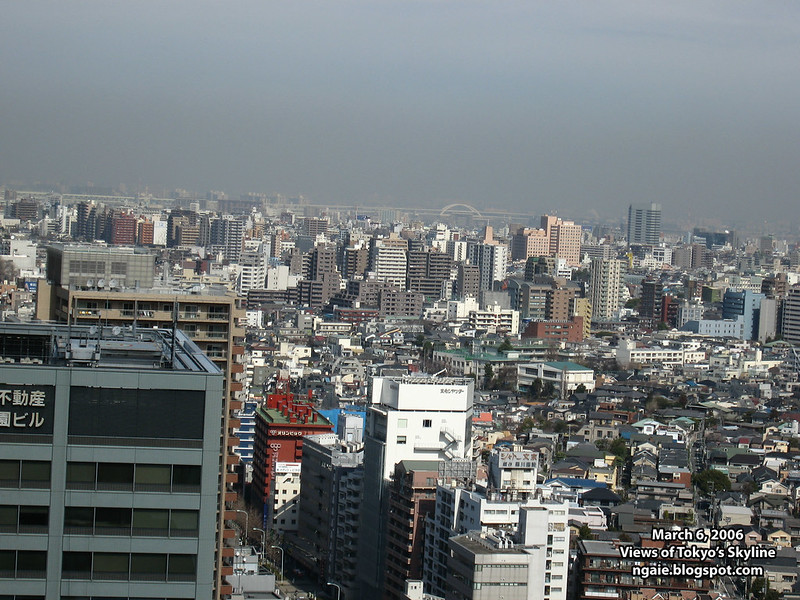
Facing Ueno, the green space is Ueno Park.
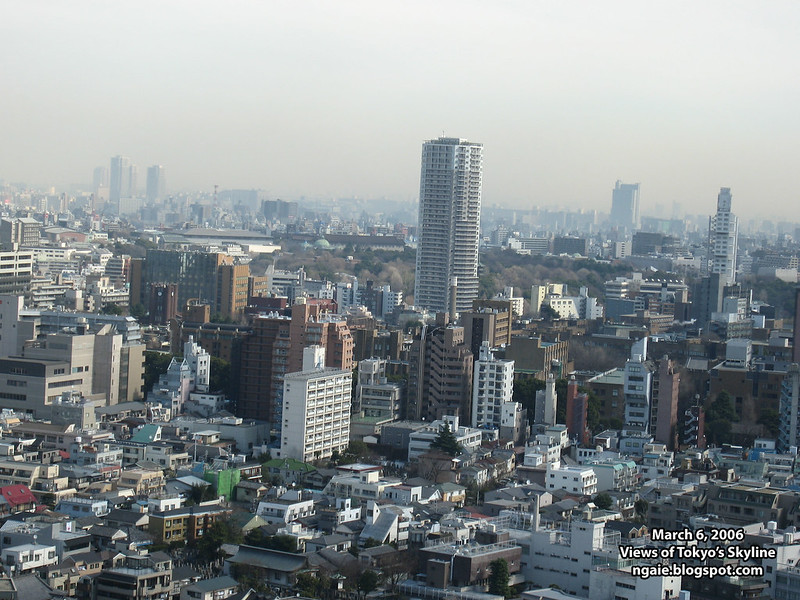
Tokyo Dome City (Its right next to the Bunkyo Civic Center).

On March 7, 2006, during one of our many many trips to Akihabara, I took these pictures on the top floor of a new office building near the station.
From Akihabara looking at the Chuo Line towards Ochanomizu.
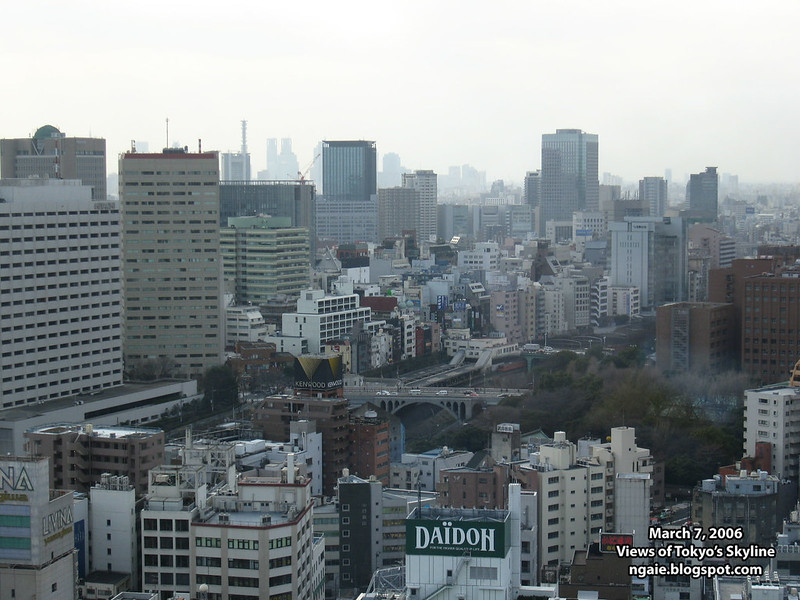
Akihabara's main street.
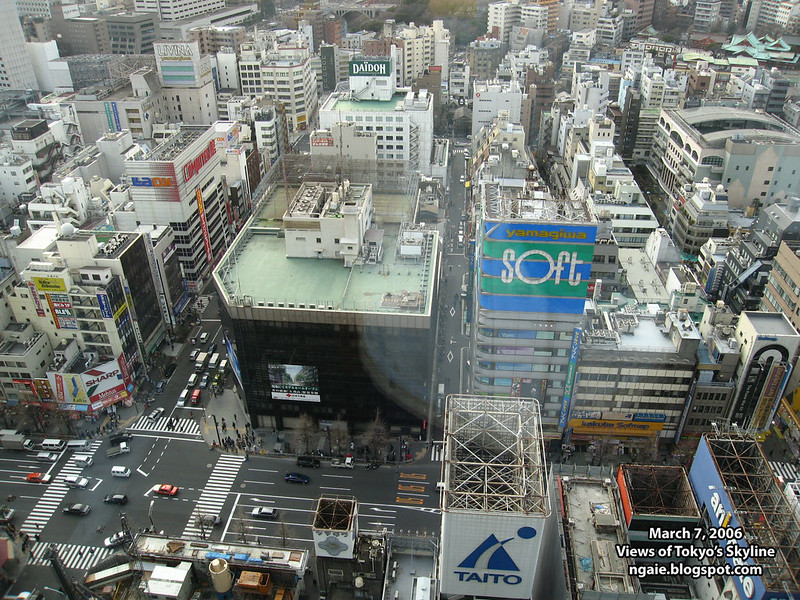



On May 29, 2006, we were invited to a conference featuring World Bank President Paul Wolfowitz at the Foreign Correspondence Club of Japan (FCCJ) by one of our university lecturers who was an active journalist and an FCCJ member. In addition to listening to an interesting speech, I also got nice views of Ginza from the Yurakucho Denki Building where the FCCJ was located.
The speech.
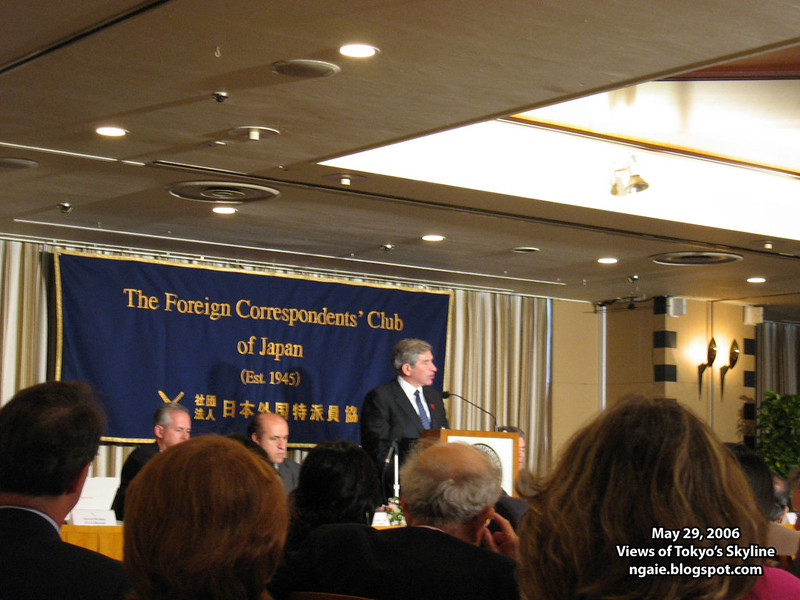
The press.
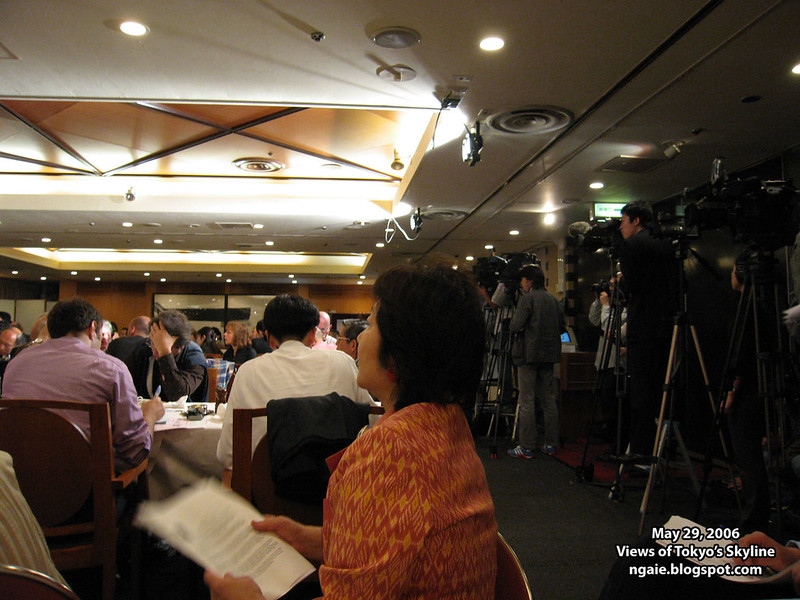
Looking towards Imperial Palace (green roofed buildings), from the Foreign Correspondents Club of Japan (FCCJ) at the Yurakucho Denki Building.
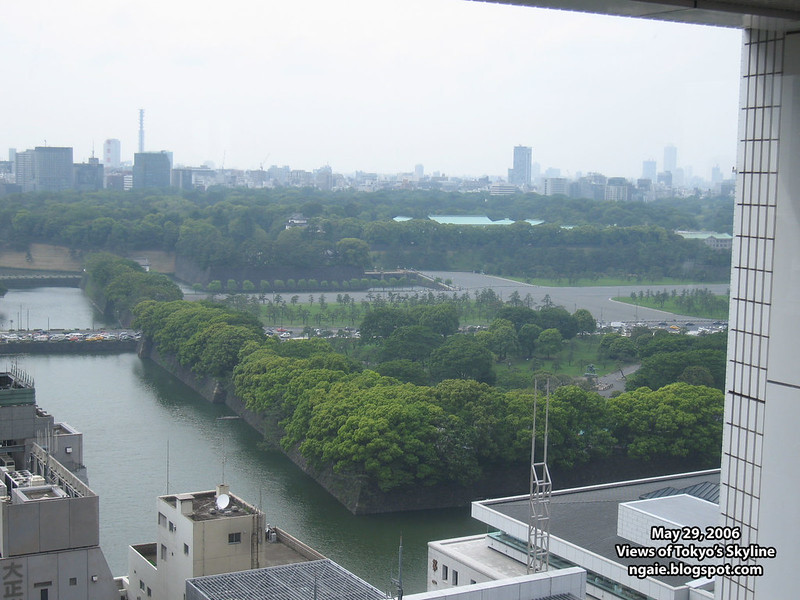
The Tokyo International Forum building.

JR Yurakucho Station with the Shinkansen passing through.
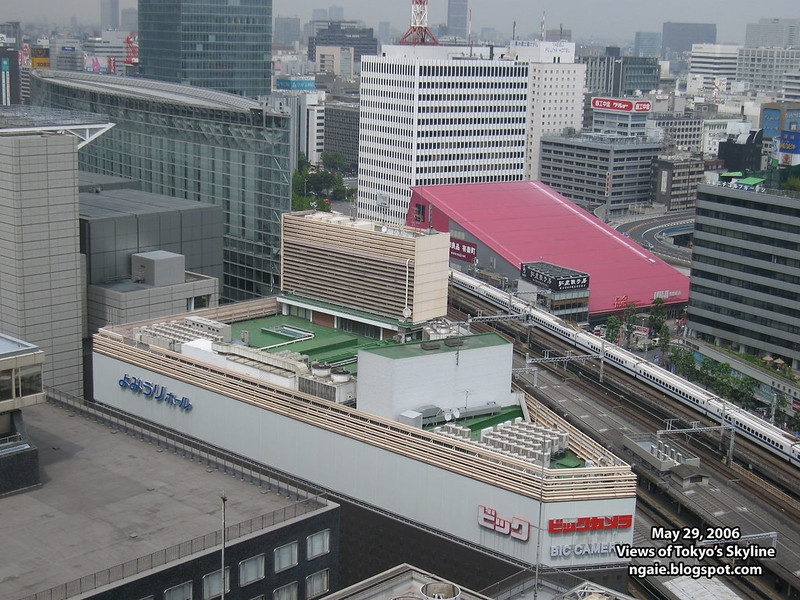
Looking towards Ginza.
